Industry News
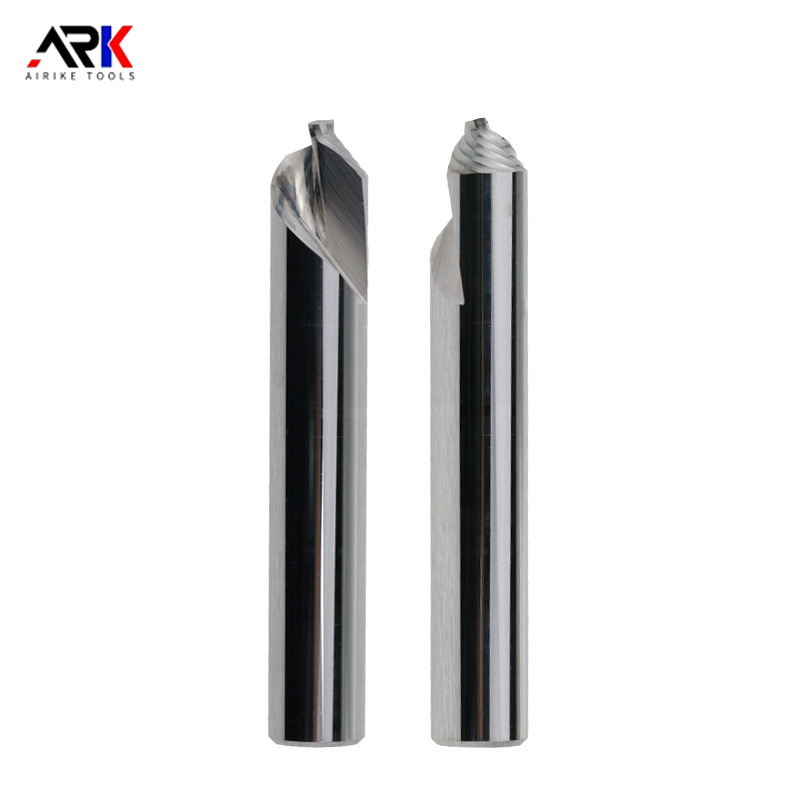 18 2025-11
18 2025-11 Your Essential Guide to Choosing the Perfect Engraving Machine Milling Cutter
An engraving machine milling cutter is the finishing touch in digital manufacturing, a precision tool that transforms digital designs into exquisite physical objects. Choosing the wrong cutter can lead to damaged parts, project failures, wasted time, and accumulating frustration. However, if you understand its core principles and find the right partner, you can achieve unprecedented precision and efficiency, thereby transforming your work and ultimate profits.
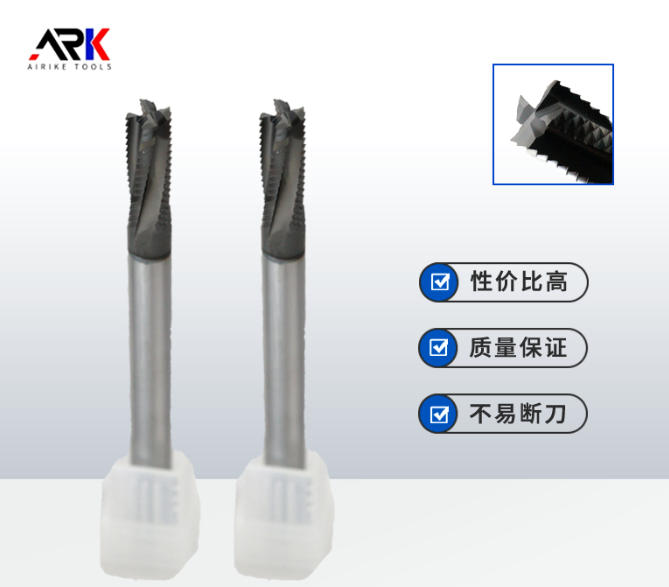 07 2025-11
07 2025-11 Which is better, graphite milling cutter or HSS milling cutter?
Graphite milling cutter is designed for higher hardness of graphite and other materials, high-speed steel milling cutter is more suitable for soft material processing, both have their own characteristics, we need to choose when combined with the processing needs to. So, which one is better?
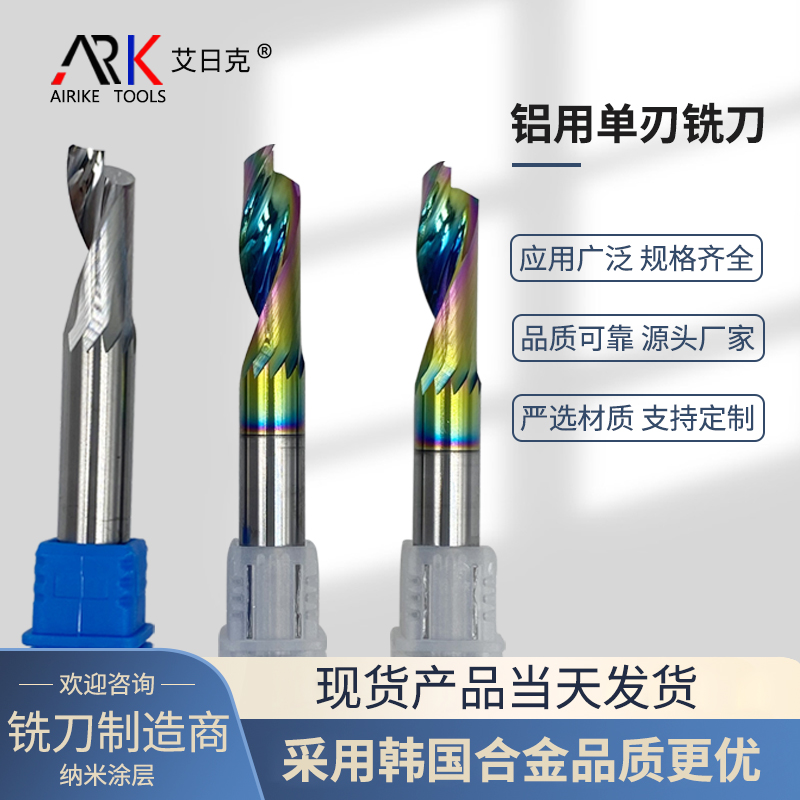 07 2025-11
07 2025-11 Do you know what are the practical ways to reduce the cost of acrylic milling cutter processing?
However, milling processing, milling cutter wear faster, processing efficiency is not enough, scrap rate is high and other issues, easily lead to acrylic milling cutter overall cost rise. Want to reasonably control costs, need to optimize from the tool, process, equipment management and other aspects of integrated optimization, the specific methods of Zhongye Da editorial share the following.
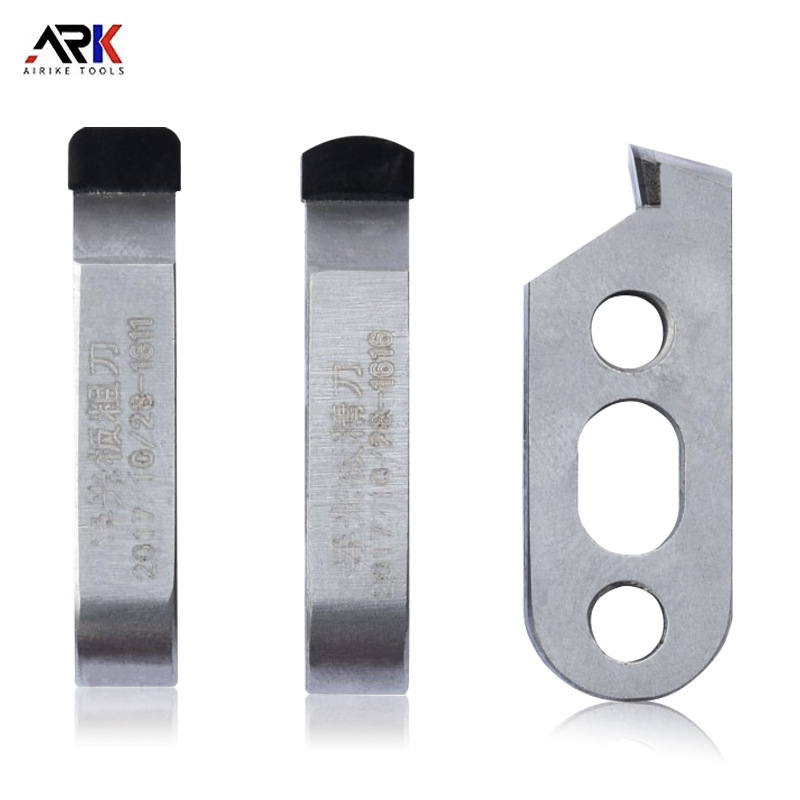 06 2025-11
06 2025-11 What Makes Stone Carving Milling Cutters the Future of Precision Stone Processing?
Stone carving has evolved from manual craftsmanship into an advanced precision engineering process. At the core of this transformation lies the Stone Carving Milling Cutter, a high-performance tool specifically designed for cutting, engraving, shaping, and polishing various types of natural and artificial stones. These cutters are engineered with industrial-grade tungsten carbide or diamond coatings, ensuring exceptional durability, speed, and accuracy when working with materials such as granite, marble, sandstone, and quartz.
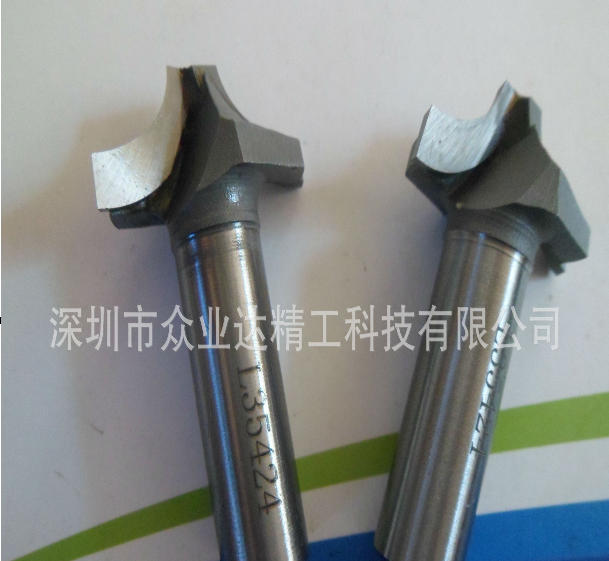 29 2025-10
29 2025-10 What are the rotational speed and feed rate of a welding milling cutter?
In metalworking, welding milling cutters are commonly used tools. Proper selection of their rotational speed and feed rate directly impacts work efficiency, part quality, and tool life.
 24 2025-10
24 2025-10 How to Align a T-Slot Cutter?
The T-slot cutter, also known as a T-slot milling cutter or semi-circular milling cutter, is a critical tool for machining T-slots and side grooves. Widely used in mold manufacturing and mechanical processing, proper alignment is essential for ensuring machining accuracy and efficiency.


